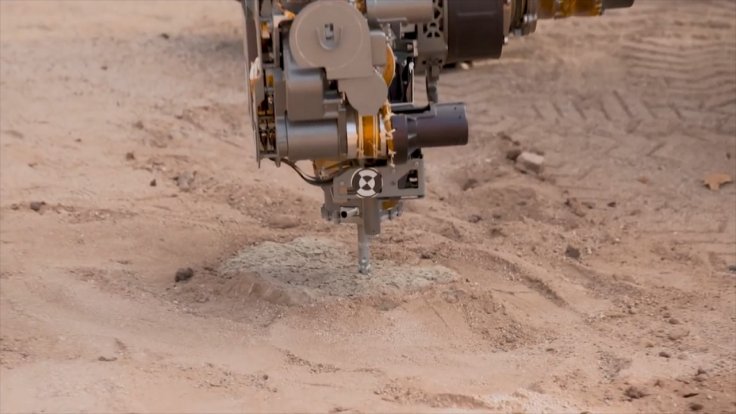
After NASA, the European Space Agency (ESA) has also started their proceedings to look for potential life signs on Mars. Airbus has now started developing an Exomars rover which is expected to head to the red planet in 2020 and will later land on the Martian surface in 2021.
As per reports, the new Exomars rover will be equipped with a drilling machine which can probe up to two meters under the surface of Mars. The rover which weighs more than 300 kilograms will also have inbuilt devices that can examine the collected samples.
The Exomars rover is capable of travelling 2 centimeters per second and it will mainly look for traces of life, just below the surface of the red planet. Even though the lifespan of Exomars is expected to be just 90 days, experts at the ESA believe that the probe will serve loyally just like NASA's Curiosity Rover which has been exploring Mars since its landing in 2012.
"It's part of a big plan called the global expedition roadmap. We've got robot expeditions going to the moon and Mars and the plan is to do humans to the moon next and Mars after that in 2030. What's really exciting is that this week we will be sending part of the Orion spacecraft to America, which is the European contribution to people going to the Moon, in the next few years," said Liz Seward, a senior strategist at the Airbus Defense and Space in Stevenage, news.sky.com reports.
Seward also added that Mars exploration will help humans to make themselves prepared before the colonization of Red Planet which may happen in the next one or two decades.
"I definitely think we can explore Mars; colonization is tricky, it's a very harsh environment. But the plan at the minute in the next decade or two is to look at how people can live in space and use the moon as a testing ground and then sometime after 2030 we will have people exploring the Red Planet," added Seward.
Earlier, Robert Zubrin, the president of the Mars Society has also shared similar thoughts and stated that building a permanent lunar base is very much essential for future Mars missions.









